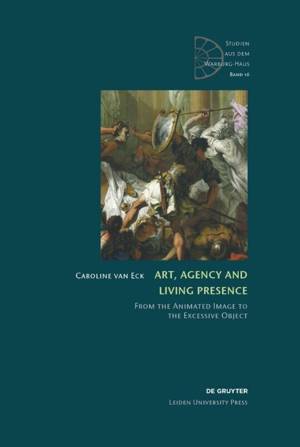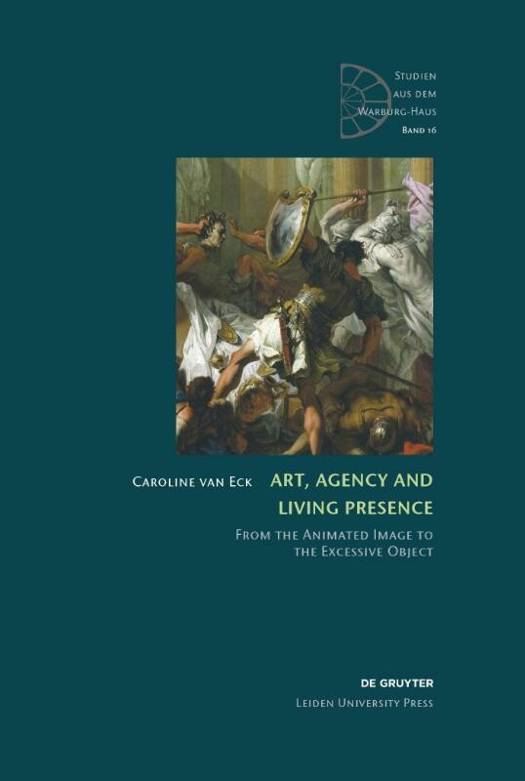
- Afhalen na 1 uur in een winkel met voorraad
- Gratis thuislevering in België vanaf € 30
- Ruim aanbod met 7 miljoen producten
- Afhalen na 1 uur in een winkel met voorraad
- Gratis thuislevering in België vanaf € 30
- Ruim aanbod met 7 miljoen producten
Zoeken
€ 103,45
+ 206 punten
Omschrijving
Throughout history and around the world, people have interacted with works of art as if they were living beings rather than static objects. People talk to artworks, kiss or punch them, even fall in love with them. The phenomenon is widely documented, yet there have been almost no attempts to formulate a theoretical account of this interaction or assemble a history of how it has been understood. This book fills that gap, focusing on sculpture in the period between 1700 and 1900 and drawing on rhetoric and fetish theory to build an explanation of how the vivid physicality of artworks leads viewers to transgress the typical boundaries between objects and themselves.
Specificaties
Betrokkenen
- Auteur(s):
- Uitgeverij:
Inhoud
- Aantal bladzijden:
- 276
- Taal:
- Engels
- Reeks:
Eigenschappen
- Productcode (EAN):
- 9789087282318
- Verschijningsdatum:
- 15/08/2015
- Uitvoering:
- Hardcover
- Formaat:
- Genaaid
- Afmetingen:
- 175 mm x 244 mm
- Gewicht:
- 793 g

Alleen bij Standaard Boekhandel
+ 206 punten op je klantenkaart van Standaard Boekhandel
Beoordelingen
We publiceren alleen reviews die voldoen aan de voorwaarden voor reviews. Bekijk onze voorwaarden voor reviews.








